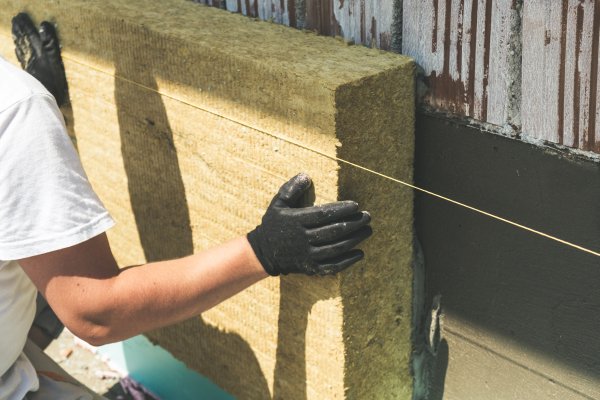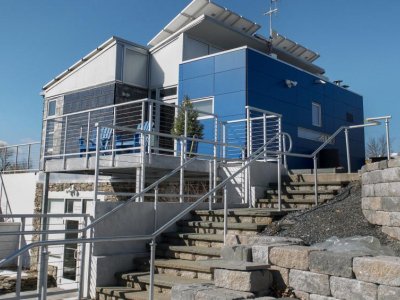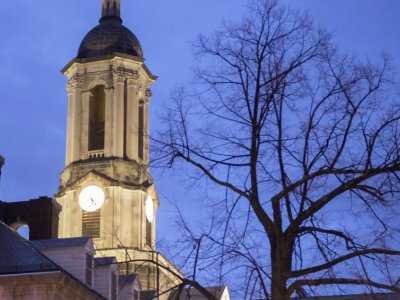
The Passive House (PH) standard relies on enhancing building envelope performance to minimize thermal and moisture loads of a building. PH can leverage collaborative efforts by different project stakeholders to create an energy-efficient approach in different climates. Although the use of PH concepts may increase initial building construction costs this investment is thought to be returned over time. The objective of this research is to use a comparative method to validate the reduction in energy demand for heating and cooling loads, improvements in indoor air quality (IAQ), and reductions in operational costs over time when using PH compared to conventional construction methods in residential multi-family buildings.
Case studies will be undertaken in the cold climate of Pennsylvania, including collection of data related to actual building energy and envelope performance, IAQ and associated construction and operational costs; This information will inform the development of 1) a replicable, performance assessment protocol and 2) a simulation-based methodology for PH residential units that will be used to support design optimization for the varying climate conditions and economic constraints throughout the United States. This research supports Penn State’s agreement with the United Nations Economic Commission for Europe (UNECE) and the Penn State Global Building Network initiative to explore the contribution of a high-performance envelope toward enhancing IAQ for the building occupants while reducing the energy demand, and related greenhouse gas emission, in an economically feasible framework.
Resulting Funding
- Rim, D. Modeling and experimental validation of airborne nanoparticles in indoor environments. Early Career Development Program (CAREER) grant, National Science Foundation (NSF). Award amount: $500,000. Funded.
Resulting Presentations
- "Evaluating Whole-building Energy Use of Two Adjacent Multifamily Residential Buildings in Pennsylvania: A Comparative Case study on Passive House and Conventional Buildings.” Presentation of research results to partner organization Presbyterian Senior Living and their professional consultants. Virtual meeting, December 10, 2021.
- Li, X. and Rim, D. (2020). “Indoor Air Quality and Energy Use in Passive Houses.” Proceedings of the 2020 Residential Building Design & Construction Conference, March 4-6, 2020. State College, PA, USA. Ali Memari and Sarah Klinetob Lowe (Eds.) PHRC.
- Mirhosseini, H., Li, X., Iulo, L.D. and Freihaut, J. (2020). “A Method for Evaluating Whole-building Residential Buildings in Pennsylvania: A Comparative Case Study on Passive House and Conventional Buildings.” Proceedings of the 2020 Residential Building Design & Construction Conference, March 4-6, 2020. State College, PA, USA. Ali Memari and Sarah Klinetob Lowe (Eds.) PHRC.








